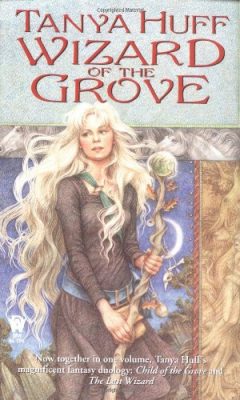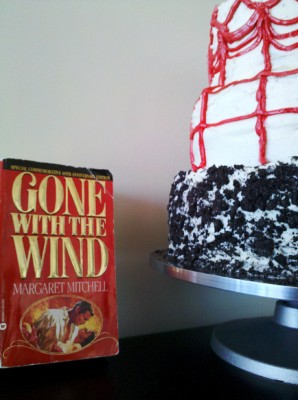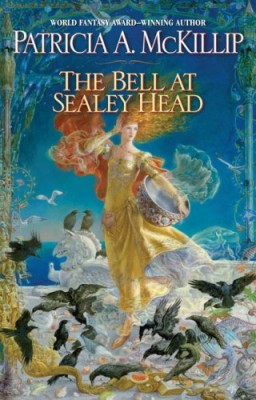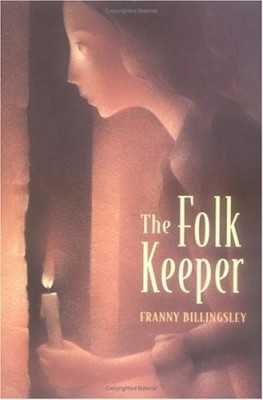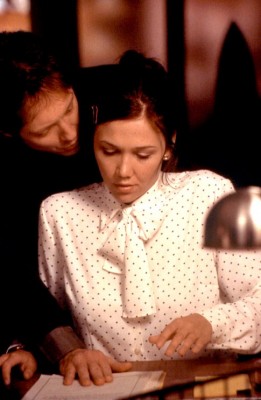Reviewer: Emera
Date read: 8.11.2016
Book from: Personal collection
Newly orphaned Peggy Grahame is caught off-guard when she first arrives at her family’s ancestral estate. Her eccentric uncle Enos drives away her only new acquaintance, Pat, a handsome British scholar, then leaves Peggy to fend for herself. But she is not alone. The house is full of mysteries—and ghosts. Soon Peggy becomes involved with the spirits of her own Colonial ancestors and witnesses the unfolding of a centuries-old romance against a backdrop of spies and intrigue and of battles plotted and foiled.
Elizabeth Marie Pope wrote a grand total of two novels in her lifetime, which is a damn shame. She spent most of her time as a professor of English at Mills College in California, Wikipedia informs me (in addition to being a member of the Society for Creative Anachronism, oh gosh); I can only assume that she was delightful in the classroom. Her first novel, the dark, Tudor-era Tam Lin retelling The Perilous Gard, is one of my tippy-top favorites – I had a probably 10-year streak of rereading it annually, starting from when I was about ten. It took me quite a while longer to turn my attention to The Sherwood Ring. Subconsciously I was afraid it couldn’t possibly measure up.
Resemblances between the opening chapters of The Perilous Gard and The Sherwood Ring:
- Habitually solitary heroine
- approaches an ancient estate
- through a dripping wood
- where she encounters a mysterious hooded lady.
- (Also, the two novels are alike in taking inspiration from folklore/balladry: The Sherwood Ring‘s title isn’t a coincidence, as the spirit of Robin Hood is present throughout.)
All of this made me smile hugely – how comforting to see the familiar shape of a beloved story subtly transfigured (and to recognize an amusing partiality on the part of the author).
The Sherwood Ring immediately strikes a different tone from Gard: even shot through as it is with the melancholy of Peggy’s solitary childhood and her cold treatment by both her father and uncle, The Sherwood Ring quickly registers as a comedy – a sparklingly witty and romantic comedy. Though battles, imprisonment, and privation all eventually, necessarily feature in Peggy’s ancestors’ wartime history, Pope plays a game of sustaining suspense while nimbly dodging any possibility of mortal stakes. The protagonists, both female and male, are all clever, dashing, and buoyant, executing numerous daring escapes and double-crosses in order to emerge triumphant (and happily engaged).
The Sherwood Ring falls short, though, in its breathlessly brisk handling of Peggy herself. Though Peggy receives a few scenes in which we can fully register her as a person – her quiet determination, her hopes for companionship from Pat, and her loneliness – Pope, unfortunately, mostly uses her to perform a few perfunctory acts of mystery-solving, thereby cueing the reemergence of her ancestor-ghosts, so that they can continue to unreel their bigger, brighter story.
So while The Sherwood Ring absolutely measures up to The Perilous Gard in terms of brilliance of prose, historical detail, and dialogue, it feels more like a charming pageant and less like a full, human story; I truly wish Pope had treated the framing story with more depth. Still, the mischievousness and elegance of her writing is rare and to be treasured: The Sherwood Ring has both sweetness and panache in spades.
Related reading:
Tamsin, by Peter S. Beagle (1999): review by Emera
